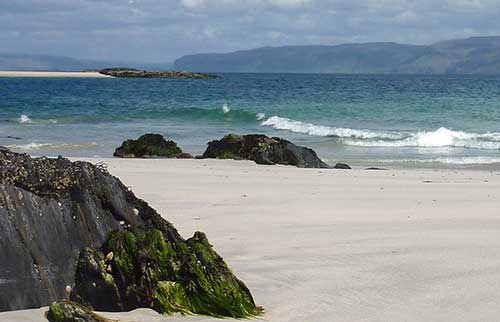A fascinating account of the Celtic soul friend or "Anam Chara".
Sellner traces the origins of the anam chara to the Druidic tradition of mentoring. Contact by the Celts with the desert fathers and mothers further developed this practice: the desert Christians had a "mentor with whom to share spiritual thoughts, find inspiration, comfort, gentle rebuke and often close friendship".
A history of the Celtic church follows. Sellner quotes from numerous saints and church leaders. Spiritual gems pepper the pages, including many examples of soul friendship and its benefits. In ancient Celtic spiritual communities, it was normal for people, professed, ordained or not, to have an anam chara to turn to for advice, comfort and inspiration.
The Céli Dé are referred to a few times, but only the 8th century reform movement which lasted until the 14th century. An ongoing tradition is not mentioned except in reference to traditional prayers, the blessing of wells and other folk/feast day customs that are still practised, especially in Ireland.
The central chapter on "soul making" explores the different ways having an anam chara can make a difference: it is seen as "seeking healing and reconciliation with God, others and oneself‘": "the best preparation for dying is in how well one lives, one day at a time". A soul friend is a guide, healer, and friend; compassionate, non-judgemental but able to challenge, a humble mediator. They can "speak heart to heart, and experience in their mutual disclosure, the acceptance and forgiveness of God".
Sellner feels so strongly about the importance of soul friends that he advocates a spirituality that includes them in the present world, with friends, churches and conflicting parties and the marginalized.
This book was more wide-ranging than I expected from the title. It was a fascinating read with lots of interesting and inspiring background information.
- By Marion from the Edinburgh Céile Dé Group.


